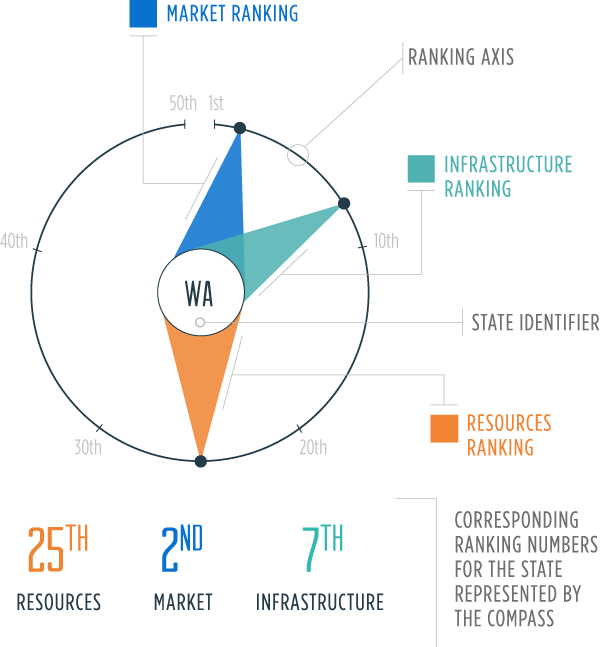New England Grid > Vermont
Resources: A measure of total energy production and consumption per capita
Market: The cost of consumption, measured in electricity prices and gasoline taxes
Infrastructure: Capacity to generate and refine energy sources; miles of pipelines
Nuclear power accounted for 70% of the electricity generated within Vermont in 2013, a higher share than any other state. But the state's biggest nuclear power producer—the Yankee Nuclear Plant in Vernon—shutdown in December 2014 due to unfavorable economic conditions.
More than half of all electricity consumed in Vermont is imported from neighboring states and from Canadian hydroelectric dams.
New regional transmission infrastructure is needed to carry additional power from Canada to Vermont and other New England Grid population centers.
Production trillion btu
Oil
Gas
Coal
Wind
Solar
Hydro
Biofuel
Nuclear
net energy Production trillion btu
Consumption trillion btu
Oil
Gas
Coal
Renewable
Nuclear
Gasoline Tax total state + federal, 2014
VT
USA
Key Policies
Aims to source 20% of electricity consumed in the state by 2017 from renewable sources that began operation after 2004. Vermont is the only New England state without a mandatory renewable portfolio standard.
Allows the statewide use of conventional motor gasoline.
Requires permits and "reasonable performance bond[s]" for oil and gas wells.
Electricity net production, trillion btu
VT
USA

